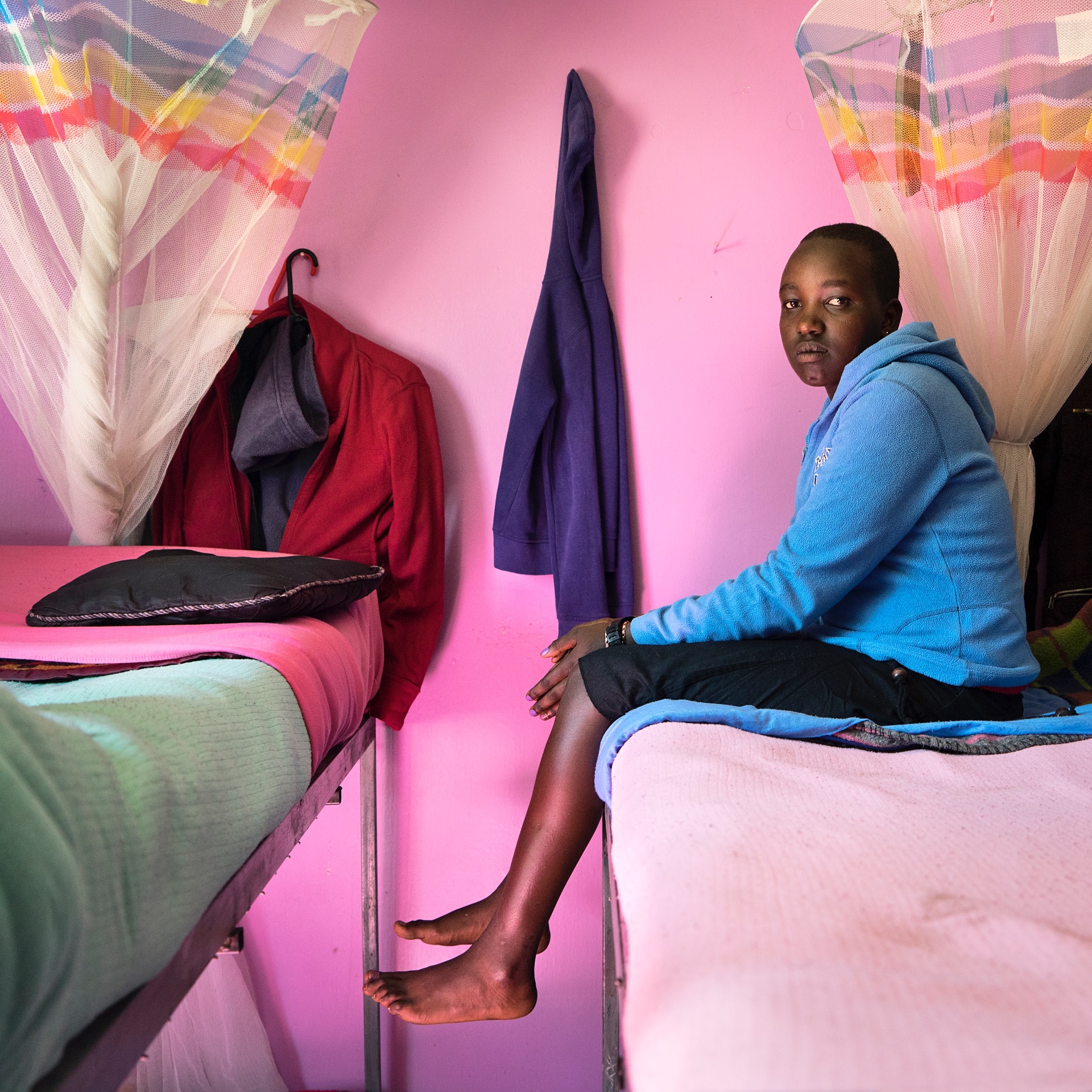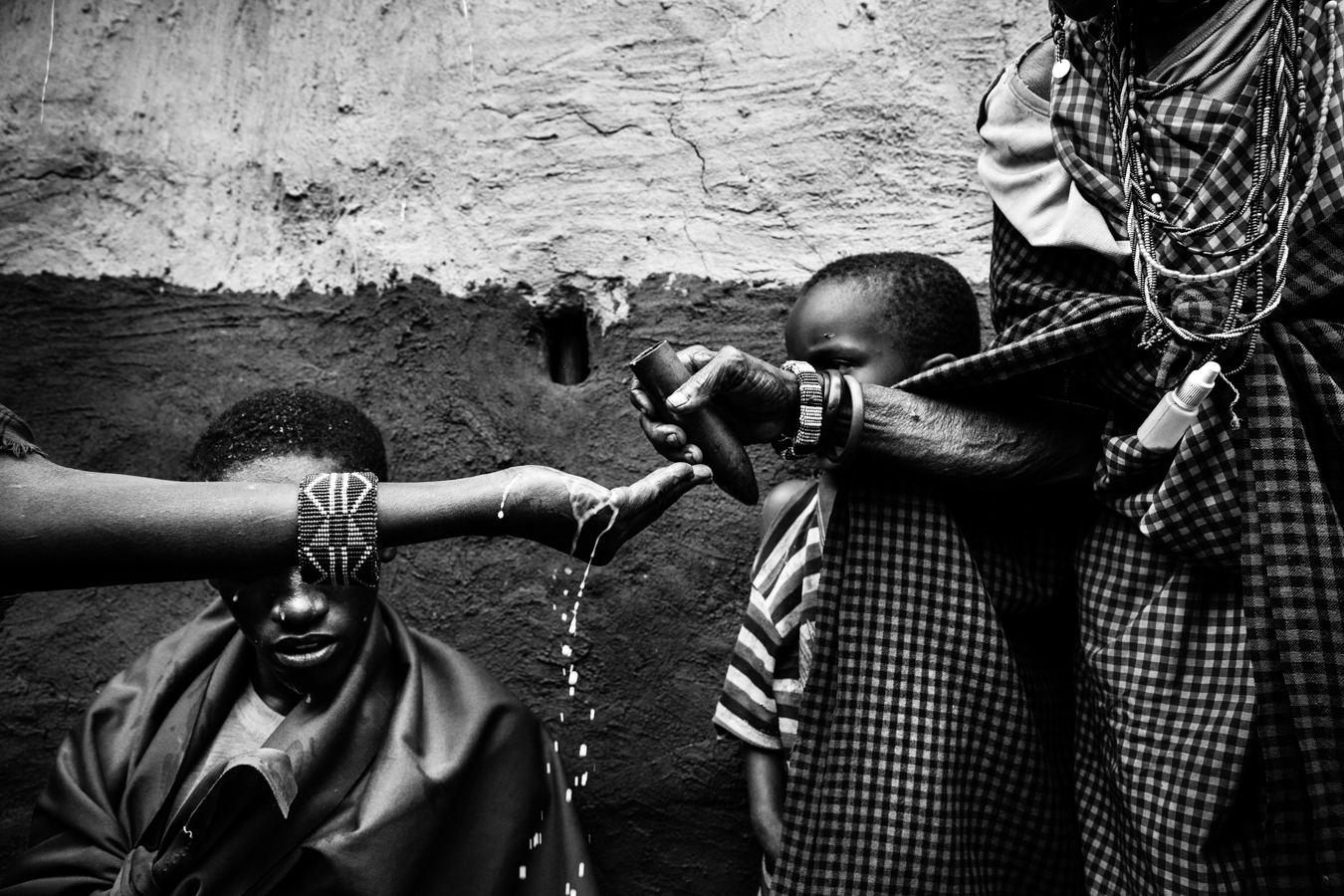BOOK ABOUT
FEMALE GENITAL MUTILATION
By purchasing a print or a framed photograph you will be supporting Meeri Koutaniemi's ongoing global long term project about women's rights. Meeri Koutaniemi has been investigating female genital mutilation for eight years and has worked closely together with human rights activists around the world. Koutaniemi has traveled to 13 different countries to create a collection of testimonials from survivors and grassroots activists who have fought for decades to eradicate the practice. FGM's roots go deep into African, European, American and Asian cultures. It's still widely common in all of the continents. The World Health Organisation estimates that there are more than 200 million girls and women who have undergone the female circumcision.







Your contribution will be used to finalize an illustrative non-fiction book. The book reveals fifteen unique perspectives on female genital mutilation in Europe, Africa, Asia, Middle East, Latin, and North America and Caucasus. The last four field trips for the project will be done in 2020 and the book aims to be published in 2021.
A unique combination of photography, research, and real-life stories aims to reveal the history and traditions of female genital mutilation (FGM). The work colligates as an exhibition and visual non-fiction book which intends to answer fundamental questions about FGM. Why is FGM done to millions of women? What are the physical and mental consequences of FGM? What is the contemporary battle that the grassroots movements opposing FGM fight to change laws and eradicate the practice in rural areas?



Pictures taken by Meeri Koutaniemi on FGM in Kenya, Uganda, Indonesia, Egypt, United States, and Canada in 2012 - 2018.






The project began in December 2012 in Narok, Kenya, where I had the chance to document girls who had escaped FGM and child marriage. Their life stories had an irreversible effect on me. My work continued in 2013 and 2014 when I worked in several African countries, such as Uganda and Ethiopia, and researched FGM in Finland. Between 2017 - 2018 I continued to document FGM in Egypt, Tanzania, and Indonesia. At the end of 2018, I had a chance to meet two survivors from the United States and Canada. Renee's and Mairead's stories bring up the hidden taboo of FGM in white, Western cultures where female circumcision has been justified with Christian values to prevent masturbation.
The exhibition and the book on FGM shares stories and profiles of girls and women who have experienced FGM as well as the violence and the repercussions of the operation. The project delves deep into the experience of girls and women who have undergone FGM by conducting in-depth interviews and photographic documentation. The book offers an experience for the reader to follow the story from different points of view. It enables a broader understanding of the tradition and is sensitive to varying opinions on the matter.
The project evolves into a website which intends to be a forum for testimonials of FGM survivors. Women would be able to send their personal stories on FGM, and these stories would then be moderated and published on the website. Thus, the project could offer a worldwide platform for sharing experiences and traumas for those who find it difficult to address the issue within their community and culture. Local activists would benefit from testimonials when educating about the consequences of FGM. They could also use the website for campaigning and for sharing stories of how the tradition has been successfully brought to an end in different communities.